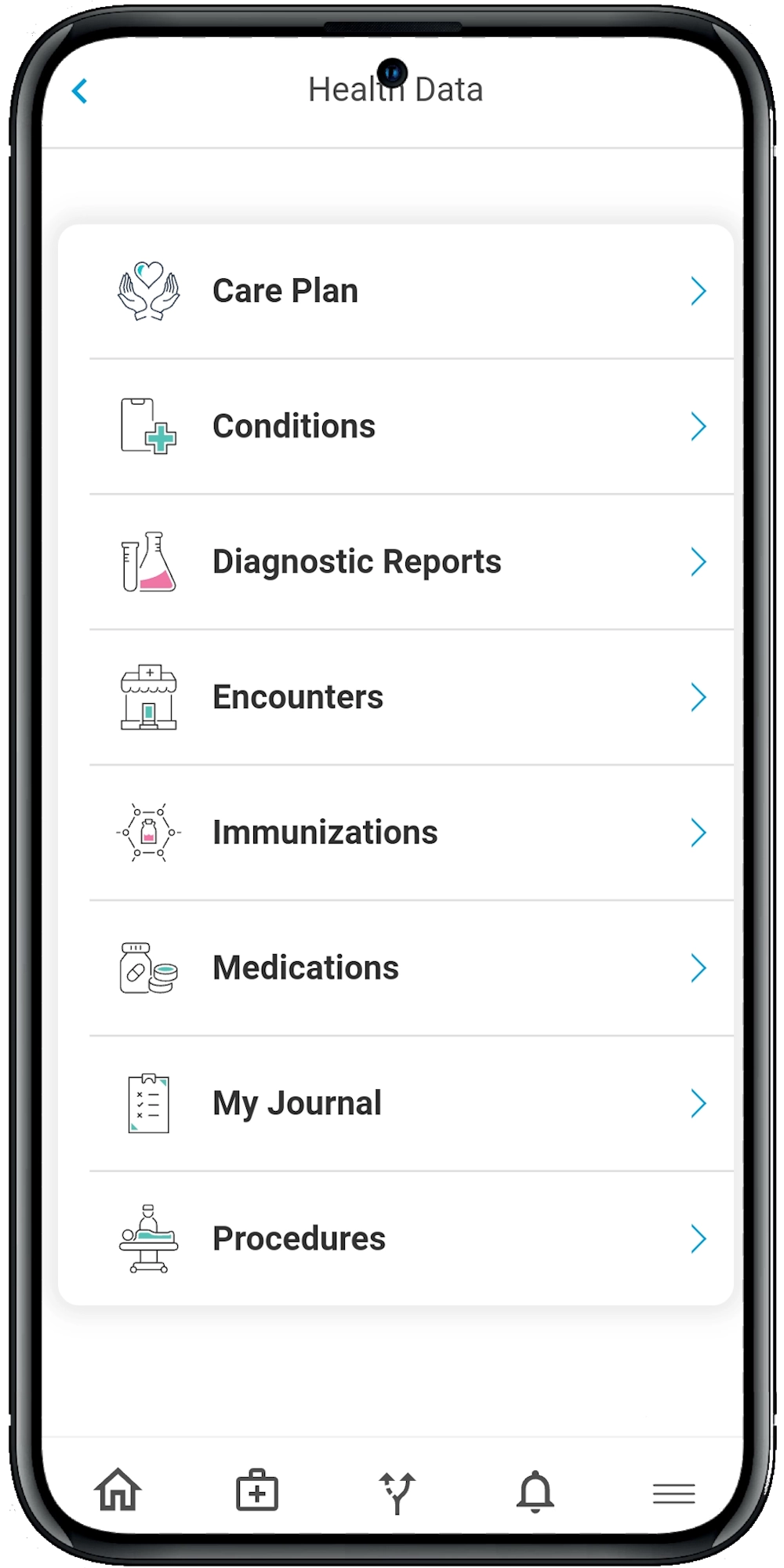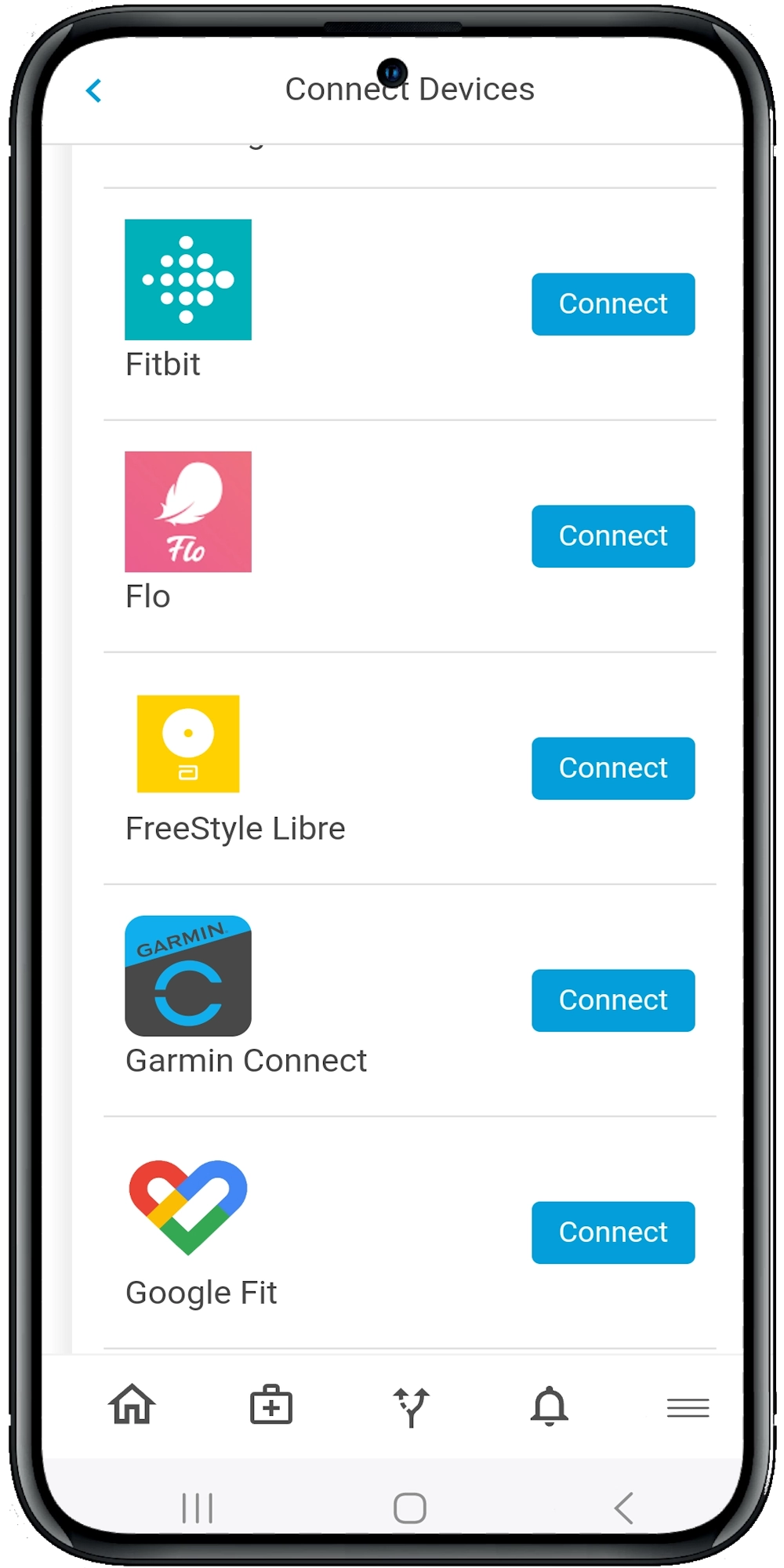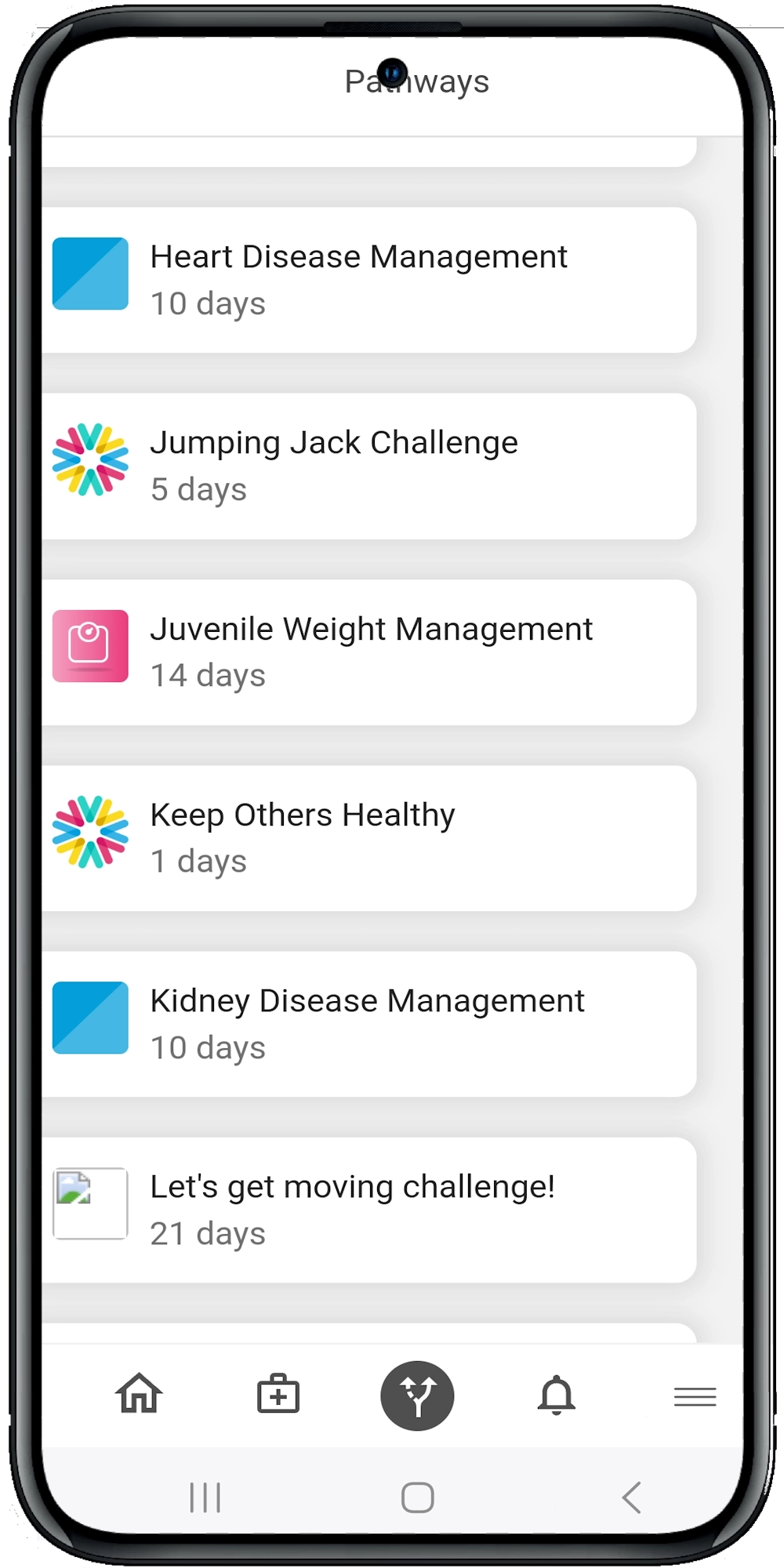Virtual Reality Tools for Sleep Apnea Patient Training
Understanding Sleep Apnea
Before diving into the VR tools, let’s briefly revisit what sleep apnea is. Sleep apnea is a condition characterized by repeated interruptions in breathing during sleep. These interruptions, or apneas, can lead to fragmented sleep and are often accompanied by loud snoring. The most common types are:
- Obstructive Sleep Apnea (OSA): Caused by a physical blockage, usually the collapsing of the soft tissue in the back of the throat.
- Central Sleep Apnea (CSA): Occurs when the brain fails to signal the muscles to breathe.
- Complex Sleep Apnea Syndrome: A combination of OSA and CSA.
The Role of Patient Education in Sleep Apnea Management
Patient education plays a crucial role in managing sleep apnea. Educated patients are more likely to adhere to their treatment plans, use their CPAP machines correctly, and make lifestyle changes that can mitigate symptoms. However, traditional educational methods like pamphlets and verbal instructions often fall short in engaging patients and ensuring comprehension.
This is where Virtual Reality (VR) steps in.
How VR Enhances Patient Training
Immersive Learning Experience
VR provides an immersive learning experience that can make complex information more digestible. Imagine walking a patient through a virtual tour of the respiratory system, showing them exactly how sleep apnea affects their breathing. This visual and interactive approach can make the information stick better than a simple diagram or explanation.
Simulated Environments
VR can simulate various sleep environments to help patients understand how different factors affect their sleep. For instance, a VR simulation can show the impact of sleeping positions on airway obstruction. Patients can see firsthand how sleeping on their back may worsen their condition and why side-sleeping might be beneficial.
Demonstrating CPAP Usage
One of the biggest challenges in sleep apnea management is ensuring proper CPAP (Continuous Positive Airway Pressure) machine usage. VR can offer step-by-step tutorials on how to set up and use a CPAP machine, troubleshoot common issues, and maintain the equipment. This hands-on approach can make patients feel more confident and less intimidated by the device.
Behavioral Therapy and Relaxation Techniques
VR can also be used to teach behavioral therapy and relaxation techniques that are crucial for managing sleep apnea. Guided VR sessions can help patients practice mindfulness, deep breathing exercises, and other relaxation techniques that can improve sleep quality.
Real-time Feedback and Gamification
VR training modules can be designed to provide real-time feedback, making learning more interactive and engaging. Gamification elements, such as earning points for correctly following CPAP setup steps, can motivate patients to engage more deeply with their treatment plans.
Implementing VR in Your Practice
Selecting the Right VR Tools
Not all VR tools are created equal. When selecting a VR solution for your practice, consider the following factors:
- Ease of Use: The VR system should be user-friendly for both healthcare providers and patients.
- Content Quality: Ensure the VR content is accurate, up-to-date, and relevant to sleep apnea.
- Customization: Look for VR tools that allow customization to meet the specific needs of your patients.
- Cost: Evaluate the cost-effectiveness of the VR solution, considering both initial investment and ongoing maintenance.
Training Your Staff
To effectively integrate VR into your practice, your staff will need proper training. This includes understanding how to operate the VR equipment, guiding patients through VR sessions, and troubleshooting any technical issues.
Patient Onboarding
Introduce VR to your patients as part of their initial consultation. Explain the benefits and how it can enhance their understanding and management of sleep apnea. Provide a brief demo to alleviate any apprehensions they may have about using VR.
Case Studies and Success Stories
Case Study 1: Improved CPAP Adherence
A clinic in California implemented VR training for new CPAP users. Patients who underwent VR training showed a 30% increase in CPAP adherence compared to those who received traditional training. The immersive, hands-on experience helped demystify the device and made patients feel more confident in its use.
Case Study 2: Enhanced Patient Understanding
A sleep center in Texas used VR to educate patients about the anatomy of the respiratory system and the mechanics of sleep apnea. Patients reported a 40% increase in their understanding of the condition, leading to better engagement with their treatment plans.
Case Study 3: Reduced Anxiety
A study conducted in New York found that VR-based relaxation and mindfulness training significantly reduced anxiety levels in sleep apnea patients. Lower anxiety levels were associated with improved sleep quality and better overall treatment outcomes.
The Future of VR in Sleep Apnea Management
The potential of VR in sleep apnea management is vast. As technology continues to evolve, we can expect even more sophisticated and effective VR tools. Future developments may include AI-driven personalized VR experiences, virtual support groups, and advanced biofeedback mechanisms.
Summary and Suggestions
Virtual Reality is revolutionizing the way we educate and train patients with sleep apnea. Its immersive, interactive nature makes learning more engaging and effective, leading to better patient outcomes. If you’re interested in exploring how VR can benefit your practice, check out our other resources or schedule a demo to learn more about our digital health platform and solutions.




